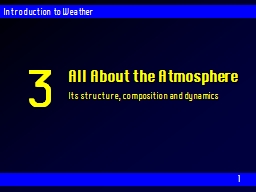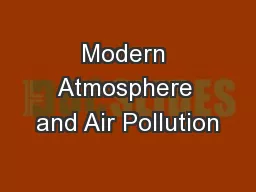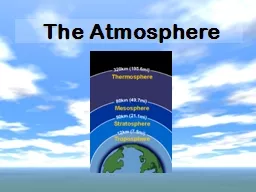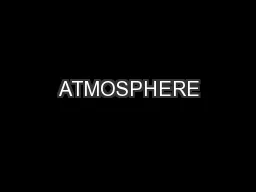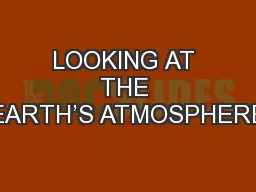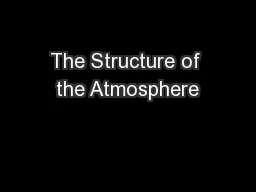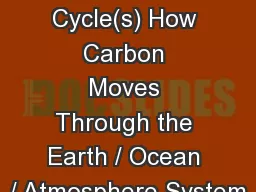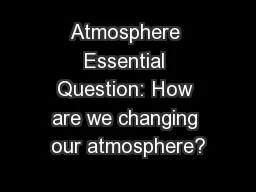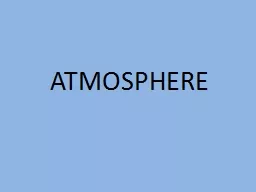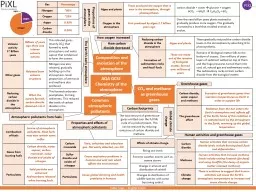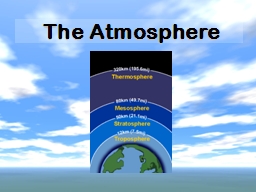PPT-All About the Atmosphere
Author : brianna | Published Date : 2023-10-28
3 Its structure composition and dynamics In last weeks lecture we focussed on how weather is generated The key ingredients are energy and gradients Last Weeks Lecture
Presentation Embed Code
Download Presentation
Download Presentation The PPT/PDF document "All About the Atmosphere" is the property of its rightful owner. Permission is granted to download and print the materials on this website for personal, non-commercial use only, and to display it on your personal computer provided you do not modify the materials and that you retain all copyright notices contained in the materials. By downloading content from our website, you accept the terms of this agreement.
All About the Atmosphere: Transcript
Download Rules Of Document
"All About the Atmosphere"The content belongs to its owner. You may download and print it for personal use, without modification, and keep all copyright notices. By downloading, you agree to these terms.
Related Documents

